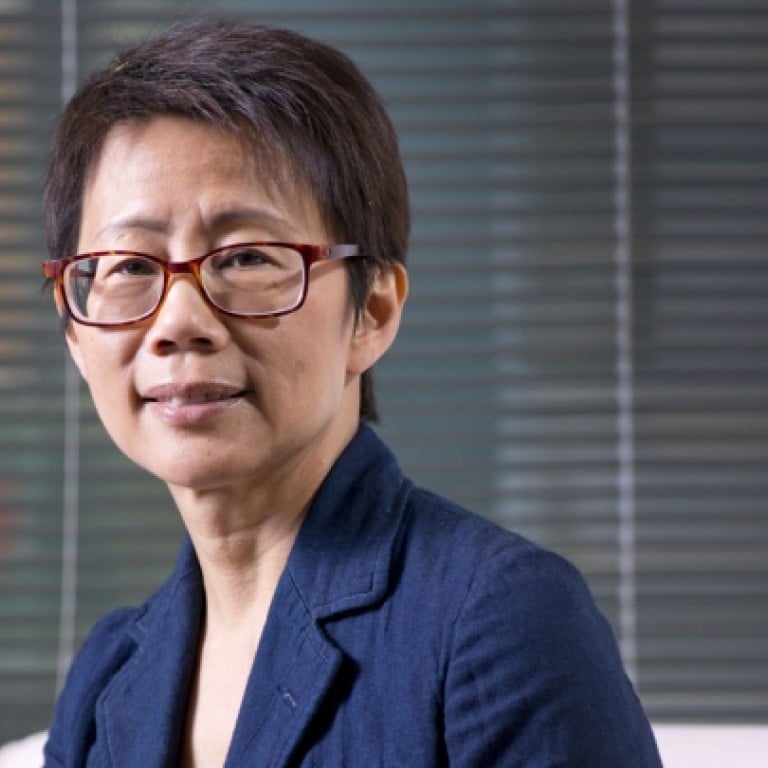
Islanders take to sea in waste protest
Hundreds expected to show discontent over plan to build garbage incinerator on island
Residents of South Lantau will join others in a protest in the waters off Pui O beach today to protest against the building of a garbage incinerator nearby.

They want to educate people about the impact of a planned moving-grate incinerator on nearby Shek Kwu Chau.
"We're not against the idea of an incinerator, but we are against building it in a pristine, natural environment," said Lindsey Price, 40, a resident of Lantau South and mother of two.
"Why use an outdated model when there is newer technology available that doesn't produce dioxins or toxic ash residue?" she asks.
She says her family will leave Hong Kong if the project goes ahead.
Price and others say another disposal method that uses plasma gasification is thought to be safer.
The city has not yet decided on one technology, said undersecretary for the environment Christine Loh Kung-wai, speaking at the Plasticity Forum earlier this month. But the newer technologies cannot handle the volume of waste Hong Kong produces each day.
"We need technology that can handle big tonnage … I can't go for something that can do 300 to 500 tonnes a day," Loh said.
The city produces 13,500 tonnes of garbage a day, and any incinerator would need to burn around 3,000 tonnes a day, she said. According to current projections, existing landfills will be full by 2019.
Moving-grate incinerators create toxic by-products, but the technology to remove them from emissions was advanced enough to make it a viable solution, said Loh and Allard Nooy, an independent environment and waste management consultant.
The plan for the Shek Kwu Chau incinerator is locked up in court and under judicial review.
Nooy also said plasma gasification technology has only been used on a small scale and that is too expensive to run. But like a number of experts who spoke at a June 5 forum at the stock exchange on managing waste, he's puzzled by the choice of Shek Kwu Wan.
With no existing infrastructure or equipment, the labour and the waste would need to be shipped in and housing built for staff.
"It's like operating an offshore oil platform," Nooy said.
He, like Ben Yam, a management consultant, argues that plants in existing landfill sites would be a better option.
And although Yam advocates gasification technology, they both agree any incinerator should be located at Tsang Tsui, near Tuen Mun, as it would mean lower building costs, faster construction, have less impact on the environment and be a more efficient use of land.
The incinerator, Nooy adds, is not like those of the 1970s, but is now built with proper scrubbing technology and uses the heat generated to create energy.
"It also reduces the carbon footprint," he said.

